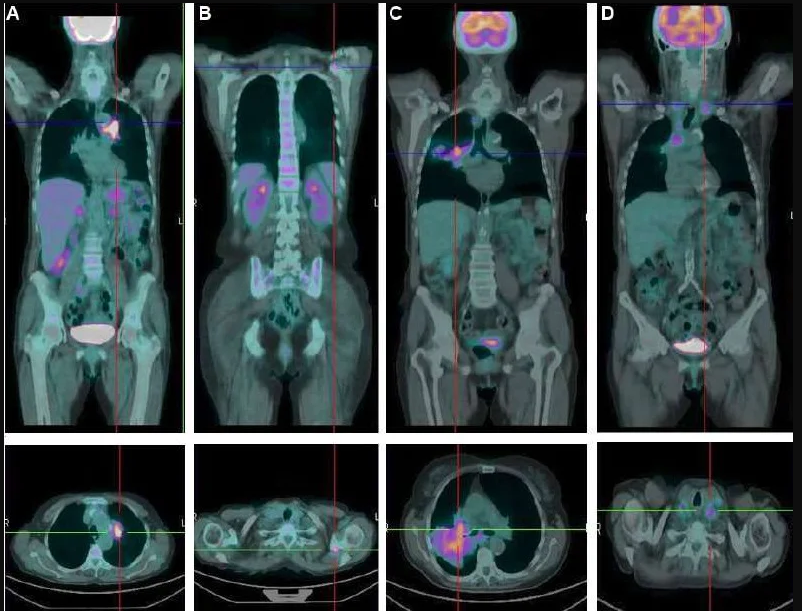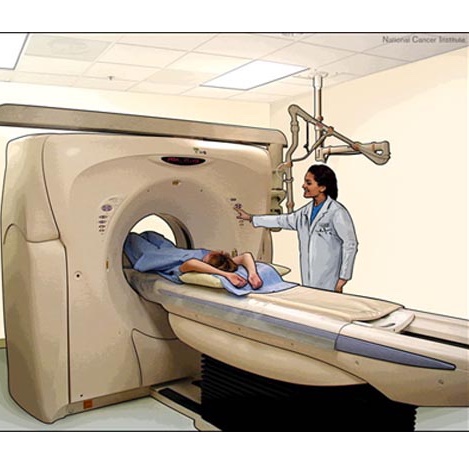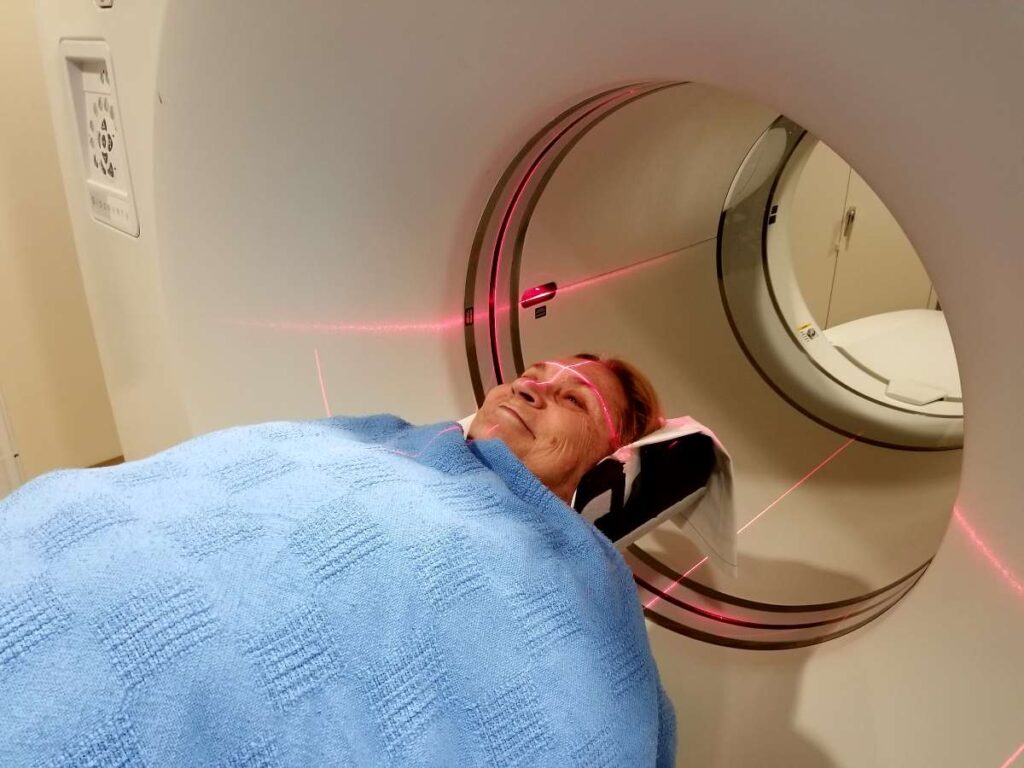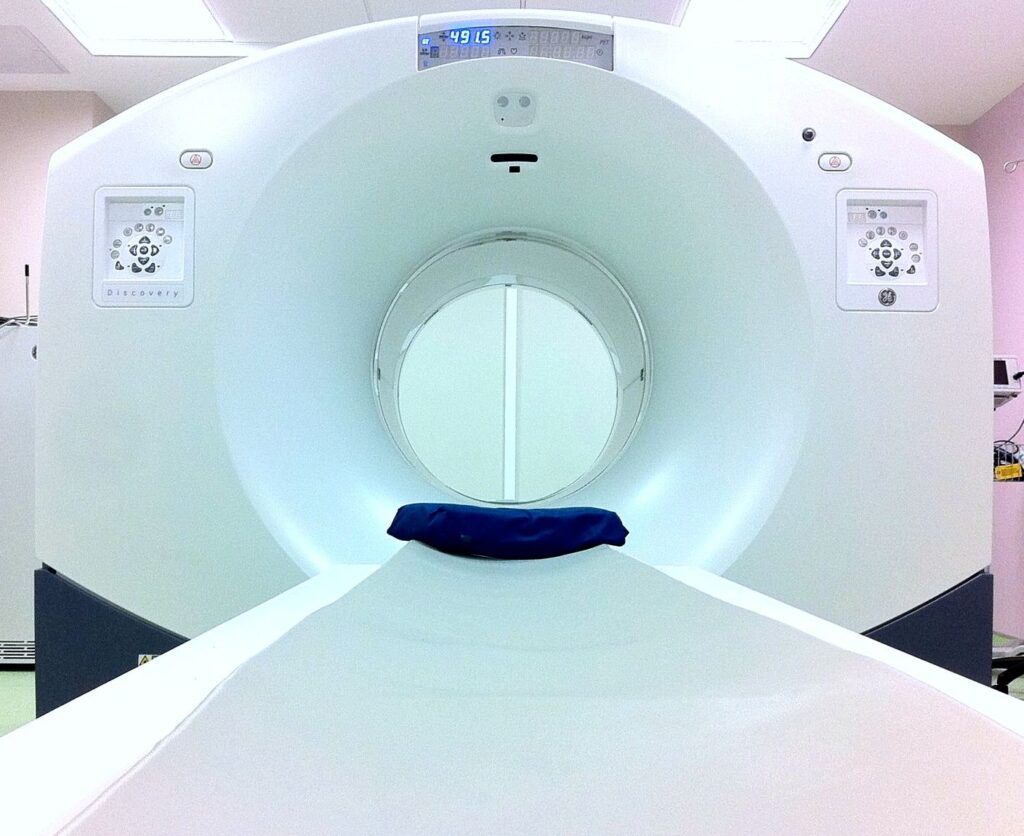Medical imaging plays a crucial role in diagnosing and monitoring various health conditions. Among these imaging techniques, the PET scan is a powerful tool that helps healthcare providers observe how tissues and organs function at the cellular level.

While incredibly valuable for diagnosis, like any medical procedure, it comes with potential temporary effects that patients should understand.
What Happens During a PET Scan?
During this examination, you receive a small amount of radioactive glucose (sugar) called a tracer. This material is introduced into your bloodstream, usually through an injection in your arm.
The special machinery then detects areas where this sugar accumulates, creating detailed images of your internal organs and tissues. This works because more active cells (like cancer cells) typically use more glucose than less active cells.
Common Temporary PET Scan Side Effects You Might Experience
From the Tracer Injection
- Discomfort at the injection site: Some people notice minor pain, redness, or swelling where the needle entered the skin. This typically subsides within hours.
- Unusual taste: Some patients report a metallic or unusual taste shortly after the tracer is administered.
- Brief feelings of coldness: As the tracer enters your bloodstream, you might feel a cool sensation moving through your arm.
During the Procedure
- Discomfort from remaining still: The examination requires you to lie motionless for 30-90 minutes, which some find uncomfortable.
- Enclosed space reactions: Some machines have a tunnel-like shape, which might cause uneasiness for those who dislike confined spaces.
- Temperature sensitivity: The examination room is often kept cool, which some patients find chilly.
After the Procedure
- Tiredness: Many people feel fatigued after completing the scan, partly due to fasting beforehand and the relaxing medications some receive.
- Thirst: The radioactive material leaves your body through urine, so staying well-hydrated helps flush it out more quickly.
- Bathroom frequency: You’ll likely need to urinate more frequently as your body eliminates the tracer.

The Radiation Perspective: Context Matters
The examination involves exposure to a small amount of radiation from the tracer. To put this in perspective:
- The radiation exposure from one scan is comparable to what you would naturally receive from the environment over 1-2 years.
- The material loses its radioactivity very quickly (usually within hours).
- Medical professionals carefully calculate the minimum dose needed for accurate results.
- The benefits of accurate diagnosis typically far outweigh the minimal risks from this limited exposure.
Why This Examination Remains Essential?
Despite the temporary effects mentioned above, this imaging technique provides invaluable information that often cannot be obtained through other methods:
- It can detect disease earlier than other imaging tests
- It shows how organs and tissues are functioning, not just their structure
- Helps determine if treatments are working
- It can distinguish between benign and malignant abnormalities
- Can evaluate the entire body in a single examination
How to Minimize Potential Discomfort?
Before Your Appointment
- Stay hydrated: Drink plenty of water 24 hours before your appointment (unless instructed otherwise).
- Follow dietary guidelines: Your healthcare provider will give specific instructions about eating before the scan, typically including fasting for 4-6 hours.
- Wear comfortable clothing: Choose loose-fitting clothes without metal components.
- Discuss concerns: Talk with your healthcare provider about any anxieties you have.
- Medication review: Inform your provider about all medications you take, as some might affect the results.
During the Examination
- Practice relaxation techniques: Deep breathing exercises can help manage any anxiety.
- Bring a comfort item: Some facilities, like ours, allow you to hold a small object or listen to music during the scan.
- Communicate with technologists: The staff can often make adjustments to increase your comfort.

After Your Scan
- Drink extra fluids: Water helps flush the remaining tracer from your system.
- Resume normal activities: Most people can return to their usual routine immediately, but avoid close contact with pregnant women and young children for about 6 hours.
- Monitor the injection site: If you notice increasing redness or discomfort, contact your healthcare provider.
Frequently Asked Questions
Will I feel the radioactive material inside me?
No, you cannot feel the tracer in your body. It moves silently through your bloodstream without creating any sensation.
How long will the radioactive material stay in my body?
Most of the material leaves your system within hours. Drinking plenty of fluids helps this process.
Can I drive myself home after the scan?
Most patients can drive themselves home. However, if you receive a sedative for claustrophobia, you’ll need someone to drive you.
Will I need to take special precautions after the scan?
For most patients, the only recommendation is to drink extra fluids and avoid prolonged close contact with pregnant women and young children for about 6 hours.
Does the injection hurt?
Most people experience only minor discomfort, similar to any blood draw or vaccination.

Are there long-term consequences from having multiple scans?
The medical community closely studies this question. Current evidence suggests the benefits significantly outweigh potential risks when the examination is medically necessary.
Can I eat normally afterward?
Yes, you can resume your normal diet immediately after the scan is complete.
Will my bathroom be radioactive after I use it?
No. The amount of radioactivity in your urine is minimal and not considered hazardous.
Final Thoughts
This imaging technique represents a remarkable medical diagnosis advancement that has helped countless patients receive more accurate and timely care. While understanding the temporary effects is important, remember that healthcare providers recommend this examination only when its benefits clearly outweigh any potential concerns.
Most people complete their scan without significant discomfort and value the important information it provides about their health. By preparing properly and knowing what to expect, you can approach your appointment with confidence rather than concern.
Remember to discuss any specific questions or worries with your healthcare team, who can provide personalized guidance based on your unique health situation.
